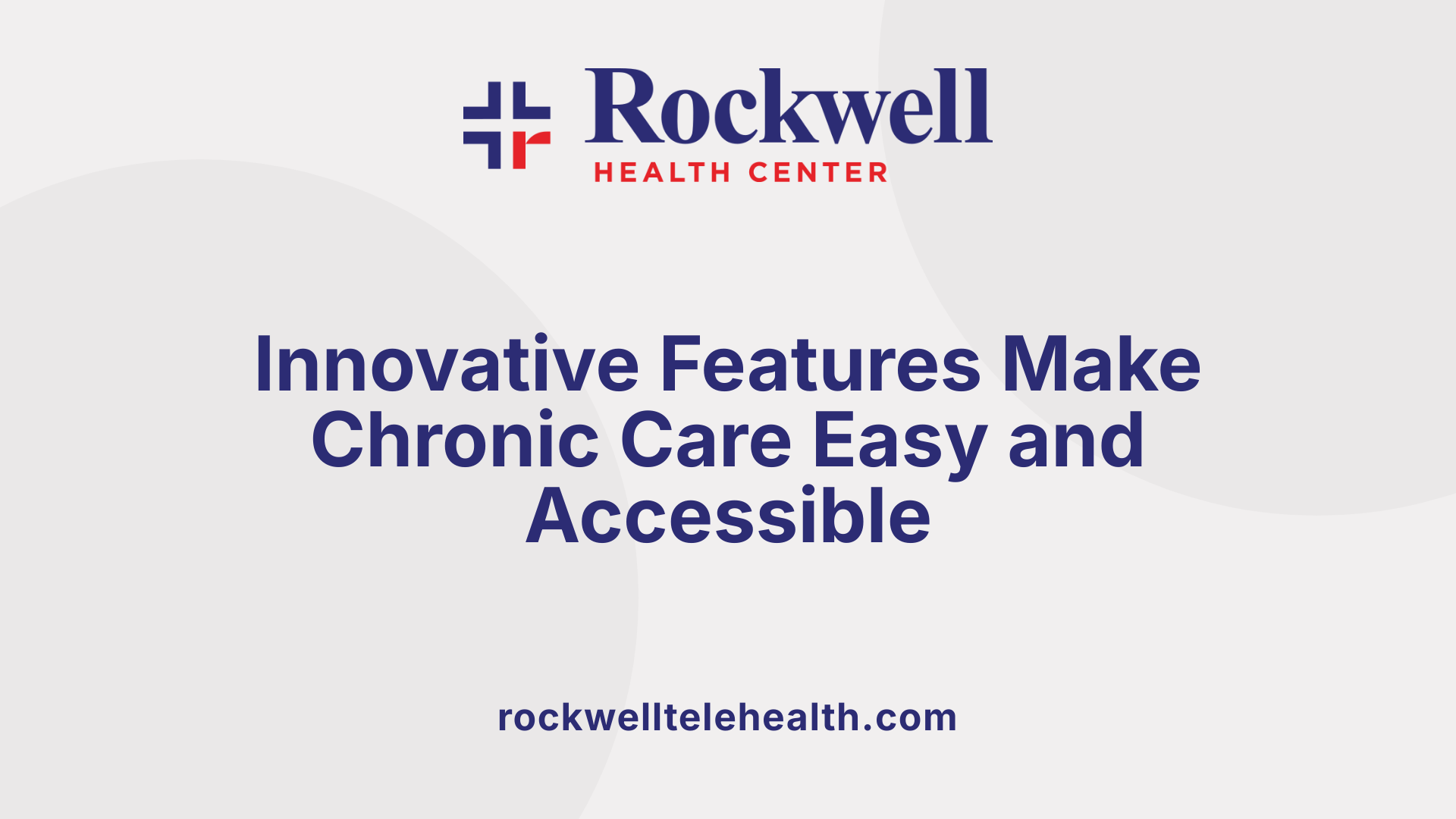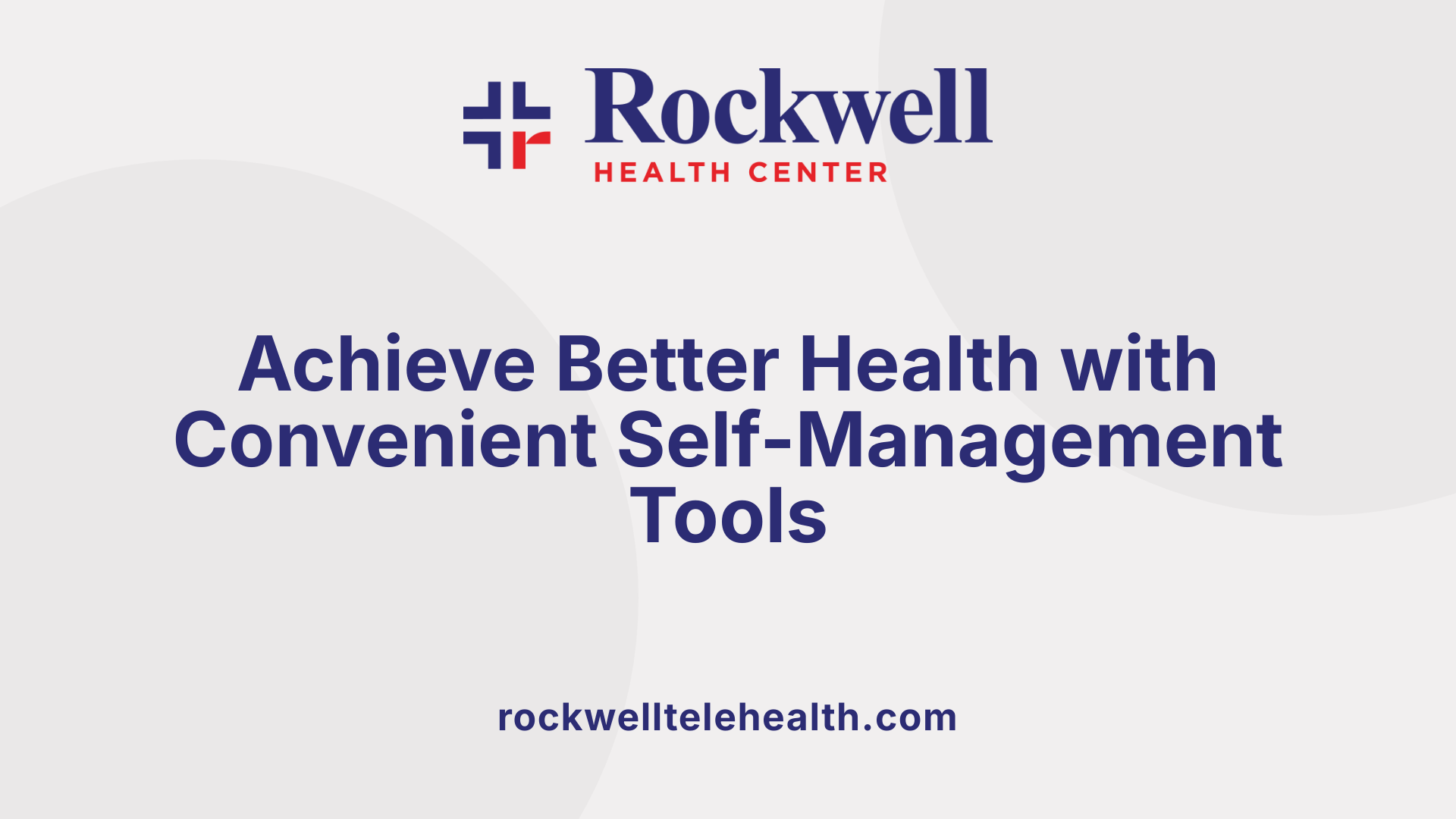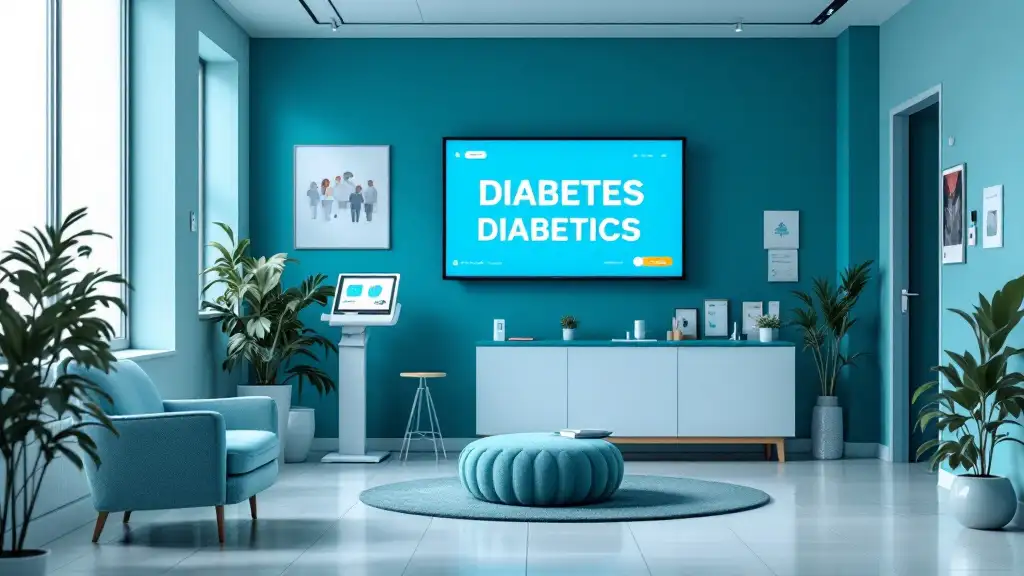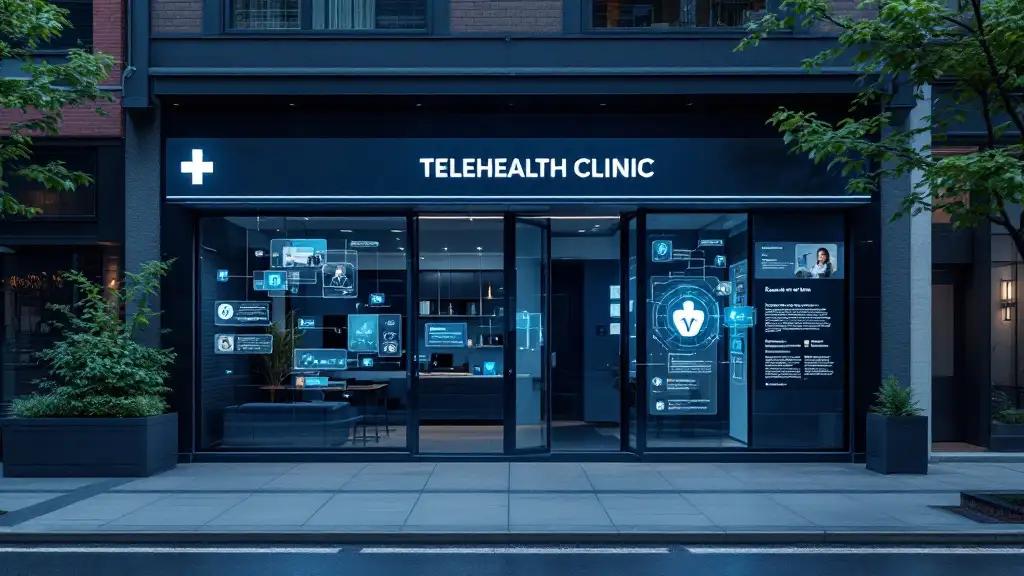Understanding the Need for Accessible, Flexible Care
In today’s fast-paced world, managing chronic health conditions can be challenging for busy individuals. With work, family, and social commitments, finding time for traditional healthcare can be daunting. Fortunately, innovative programs designed specifically for these hectic lifestyles are emerging, offering flexible, accessible, and effective solutions to empower individuals to take control of their health without sacrificing their daily routines.
Features of Chronic Health Management Programs for Busy Lifestyles
 Chronic health management programs designed for busy adults are crafted with flexibility and accessibility in mind. These programs often utilize digital platforms—such as mobile apps and online portals—that allow participants to learn and engage at their own pace, fitting seamlessly into diverse schedules.
Chronic health management programs designed for busy adults are crafted with flexibility and accessibility in mind. These programs often utilize digital platforms—such as mobile apps and online portals—that allow participants to learn and engage at their own pace, fitting seamlessly into diverse schedules.
A core feature is the use of interactive tools, including trackers and assessments, which help individuals monitor their health behaviors and progress. These features enable sustainable behavioral changes related to medication adherence, physical activity, diet, and stress management.
Educational modules are tailored to teach users how to manage their specific conditions effectively. Topics covered often include symptom management techniques, nutritional guidance, stress reduction methods, and strategies to improve mental health—all crucial for maintaining overall well-being.
Personalized support plays a vital role, with options such as health coaching and resource connections, to address individual health needs and social factors influencing health outcomes. This personalized approach encourages accountability and provides motivation.
Furthermore, these programs are designed to integrate with healthcare providers, supporting holistic care. They facilitate effective communication, enabling adjustments to treatment plans based on monitored outcomes. Community and holistic health approaches are also incorporated to enhance engagement and support system connections.
Overall, these features make chronic disease self-management accessible, practical, and supportive for those juggling busy lifestyles, ultimately aiding better health outcomes.
Benefits and Effectiveness of Programs for Busy People

What are the benefits and effectiveness of management programs for individuals with busy lifestyles?
Chronic Disease Self-Management Education (CDSME) and similar programs are highly effective for people with hectic schedules. These programs are designed to fit into busy lives by offering flexible formats such as online courses, telehealth sessions, and mail-based materials. This adaptability helps participants improve their health outcomes without the need to attend long or inconvenient in-person workshops.
Participants often report increased confidence in managing their health conditions, along with improvements in physical and emotional well-being. For example, workshop attendees experience higher energy levels, better stress management, and emotional resilience. These benefits support sustained behavior change, encouraging healthier habits like regular exercise, nutritious eating, and effective medication use.
Such programs also help lower healthcare costs by reducing hospital visits and preventable complications. Organizations that implement workplace wellness initiatives see a boost in employee engagement and productivity, alongside reduced sick days, fostering a healthier and more resilient workforce.
In summary, these management programs are versatile and proven to effectively help busy individuals maintain their health by providing accessible, practical tools and fostering long-term healthy behaviors.
Designing Programs for Hectic Schedules
 Managing chronic conditions effectively amidst a busy lifestyle requires strategic planning and flexible approaches.
Managing chronic conditions effectively amidst a busy lifestyle requires strategic planning and flexible approaches.
Prioritizing accessibility and efficiency is crucial. Programs should incorporate digital solutions like telemedicine, scheduling apps, and online workshops to allow participants to engage from any location and at flexible times.
Leveraging technology is vital. Virtual and telehealth formats enable individuals to participate without disrupting their work or personal commitments. Tools such as remote blood pressure monitoring or mobile health apps help users track their health metrics conveniently.
Creating personalized options enhances engagement. Offering multiple delivery methods—such as in-person sessions, virtual classes, mail-based materials, or hybrid formats—caters to diverse needs and schedules.
Work environment factors should also be considered. For example, programs can be tailored for shift workers by providing recordings of live sessions or flexible scheduling for workshops. Short, focused sessions fitting into lunch breaks or brief windows between tasks can be more manageable.
To support sustained participation, implementing system strategies like workflow adjustments, reducing staff workload, and streamlining procedures can lower stress for both patients and healthcare providers.
What are best practices for managing chronic health issues efficiently within a busy routine?
Effective management involves integrating healthy habits into everyday activities. Maintaining a balanced diet high in fruits, vegetables, and whole grains, along with regular physical activity—minimum 150 minutes of moderate exercise weekly—supports overall health.
Utilizing digital tools such as health monitoring apps and devices allows users to track blood pressure, blood sugar, and other vital signs easily, facilitating early detection of issues for timely adjustments.
Consistent medication use and understanding treatment plans are essential. Setting reminders through smartphone alerts or other tools helps ensure adherence.
Routine checkups with healthcare professionals provide ongoing support and adjustments to care plans. Participation in self-management education programs enhances knowledge, confidence, and skills.
Managing stress and ensuring proper sleep are also important. Seeking social support can further improve emotional well-being and resilience.
In conclusion, adapting programs with flexible, technology-enabled options and promoting healthy habits enable individuals to manage chronic diseases effectively, even with busy schedules.
Educational Content and Community Tailoring
 A wide range of educational resources is available to assist individuals in managing chronic health conditions effectively. Federal agencies like the Centers for Disease Control and Prevention (CDC), the Administration on Aging (AoA), and various health systems support evidence-based programs designed to empower patients with knowledge and skills. For example, the Stanford-developed Chronic Disease Self-Management Program (CDSMP) offers workshops, online modules, and mailed materials that teach techniques such as action planning, problem solving, symptom management, healthy eating, and exercise.
A wide range of educational resources is available to assist individuals in managing chronic health conditions effectively. Federal agencies like the Centers for Disease Control and Prevention (CDC), the Administration on Aging (AoA), and various health systems support evidence-based programs designed to empower patients with knowledge and skills. For example, the Stanford-developed Chronic Disease Self-Management Program (CDSMP) offers workshops, online modules, and mailed materials that teach techniques such as action planning, problem solving, symptom management, healthy eating, and exercise.
These programs include training for community leaders and are often delivered in partnership with local organizations such as clinics, hospitals, and community centers. Participants receive resources like instructional books—such as "Living a Healthy Life with Chronic Conditions"—and benefit from peer support and tailored education efforts.
Adapting programs to different community needs is crucial for success. Especially in rural areas, strategies focus on increasing accessibility and cultural relevance. This can involve engaging local stakeholders, hiring culturally competent staff, and translating materials into relevant languages. Utilizing telehealth and mobile health technologies helps overcome geographic barriers, allowing individuals to participate remotely.
Deep cultural adaptation frameworks, like Bernal’s Ecological Validity Framework, guide these efforts by ensuring programs respect and incorporate community traditions, language, and values. For example, CDC’s REACH program exemplifies culturally tailored interventions that effectively reduce disparities and improve health outcomes across diverse populations.
| Resource | Focus Area | Delivery Method | Population Focus | |------------|--------------|-------------------|---------------------| | CDSMP | Chronic illness management | Workshops, online, mailed | Older adults, people with disabilities | | AMA Hypertension & Diabetes Guides | Disease prevention & control | Digital, community| outreach | General adult populations | | PeakHealth NYC | Community-based intervention | In-person and virtual | Adults with multiple chronic conditions | | Telehealth programs | Remote health monitoring | Virtual | Rural and underserved communities | | Tailored community-based programs | Cultural adaptation | Culturally relevant content | Diverse ethnic groups |
Overall, these resources and strategies expand the reach and effectiveness of self-management programs, ensuring that individuals in varied settings—including rural communities—can benefit from tailored, accessible, and culturally sensitive health education.
Empowering Patients with Practical, Flexible Solutions
Incorporating accessible, evidence-based self-management programs into daily routines is essential for improving health outcomes among busy individuals. By embracing technology, cultural tailoring, and community partnerships, healthcare providers can offer practical, sustainable solutions that fit seamlessly into hectic lives. Ultimately, these programs foster confidence, promote healthy behaviors, and help people maintain independence and well-being despite a demanding schedule, marking a significant step forward in chronic disease management.
References
- Chronic Disease Self-Management Education Programs
- Chronic Disease Self-Management Program | SNAP-Ed - USDA
- Chronic Disease Self-Management Program
- Living with a Chronic Condition
- How these health systems are transforming chronic ...
- Peer-Supported Self-Management of Chronic Disease
- Chronic Disease Self-Management Program (CDSMP)
- Chronic disease management programs
























































































.png)